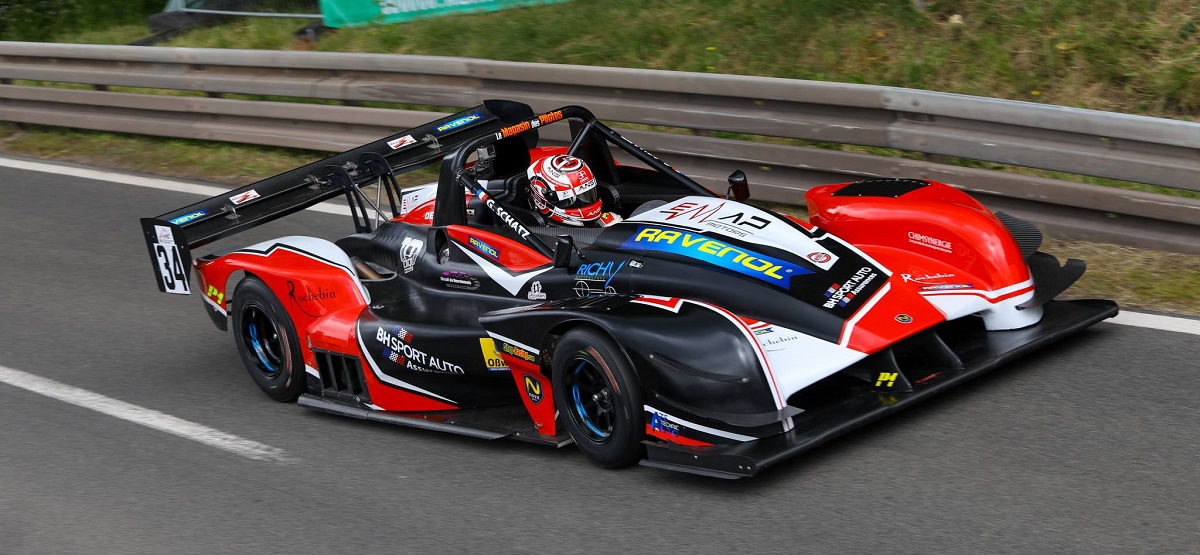The Truth Behind F1's Budget Cap
By RobinB on 29 April 2025 MiscellaneousSince 2021, Formula 1 has undergone a major transformation on the economic front. Faced with an uncontrolled escalation of spending, with some teams exceeding $400 million per season, the FIA introduced a budget cap to limit the arms race and rebalance the playing field ⚖️
At the time, top teams like Mercedes, Ferrari, and Red Bull could spend without limits, while smaller outfits such as Haas or Williams had to manage with very limited budgets, creating a performance gap that was nearly impossible to bridge 🥵
Three years after the introduction of this measure, and with a new technical era on the horizon in 2026 — marked by the expected arrival of GM/Cadillac and Audi — the budget cap remains a hot topic. Between regulatory adjustments, its effects on the grid, and the economic strategies of the teams, the subject is more relevant than ever.
In this article, we explain how this budget cap works, what it does (and doesn’t) include, and what its real impact is — both on track and behind the scenes of F1 👍
Why Did F1 Introduce the Budget Cap?
Before the 2021 season, Formula 1 suffered from a major economic imbalance. Some teams, like Mercedes or Ferrari, were investing over $400 million annually, while smaller outfits such as Force India or Sauber had to operate on a budget under $150 million. This disparity in resources had very real consequences on track: on one side, the "top teams" competing for titles; on the other, the "small teams" fighting just to stay on the grid 😐
This situation even pushed several teams to the brink of bankruptcy. Force India, for example, only survived thanks to its acquisition by Lawrence Stroll in 2018, which led to the creation of what would become Aston Martin.
Faced with this spiral, which was worsened by the Covid-19 crisis, the FIA decided to implement a global spending cap. The goal was threefold:
- Level the playing field by allowing less wealthy teams to get closer to the front-runners.
- Contain cost inflation, driven by increasingly expensive technology (simulators, wind tunnels, supercomputers...).
- Ensure the long-term financial sustainability of the grid, while attracting new investors.
Stefano Domenicali, F1's CEO, summed it up well: "Reduce the gap without compromising the sport’s technological DNA." In other words, set boundaries without diluting the essence.
But beyond performance, it’s also a way to build a more stable and attractive business model. Today, investors are also looking at how well teams manage their finances. And that’s exactly what the budget cap helps to highlight 💸
The Evolution of the Budget Cap from 2021 to 2026
The introduction of the budget cap in 2021 marked the beginning of strict financial control for the teams. But this cap hasn’t remained static; it has been adjusted over the seasons to account for changes in the calendar, global inflation, and new regulatory requirements.
2021: Initial Cap Set at $145 Million
When first introduced, the budget cap was set at $145 million, based on a calendar of 21 races. This amount covered all operational expenses required to run and develop a Formula 1 car. A budget significantly lower than what was previously common practice 👍
2022: Reduction and Inflation Adjustment
In 2022, the cap was reduced to $140 million. The FIA had initially planned to lower it even further ($135M from 2023), but the surge in energy costs and global inflation led to an exceptional indexation. A revaluation of 3.1% was applied to help teams better absorb their rising expenses.
Another change: the regulations stipulate that each additional race beyond 21 Grands Prix grants an extra allocation of $1.2 million per race, an amount that will be increased in 2026 📈
2023: Stabilization at $135 Million
The nominal cap remained at $135 million in 2023, but with inflation and the addition of sprint races (which until then added up to $300,000 each outside the cap), teams effectively had more budgetary flexibility. The adjusted budget is estimated to have reached around $153 million for some teams, according to internal paddock estimates.
2024: Around $165 Million Thanks to Adjustments
In 2024, with the expansion of the calendar (24 GPs) and sprints still accounted for via specific allocations, the adjusted cap reached approximately $165 million.
2025: A Transitional Season Before Major Changes
The 2025 season will not bring drastic changes on the financial front. The cap will remain broadly similar to 2024, with adjustments only related to the calendar and inflation.
2026: The Financial Big Bang
2026 is when the budget cap will undergo a major shift. The Financial Regulations published by the FIA on December 12, 2024 set the new cap at $215 million. This represents a +30.3% increase compared to 2024 💰
But this increase does not mean more freedom across the board:
- This new cap will include previously excluded items, such as the well-known sprint races, which will now be directly included in the overall amount.
- A geographical component will be introduced: teams based in high-wage-pressure countries (e.g., Switzerland for Audi/Sauber) will benefit from compensation based on differences in average salaries, calculated using OECD data.
- Also worth noting: the additional allocation per Grand Prix beyond the 24th will rise to $1.8M per GP, compared to $1.2M in previous seasons.
- Lastly, teams will no longer be allowed to deduct certain R&D expenses under the UK R&D tax credit scheme, which previously enabled them to deduct part of their innovation investments.
Why the Increase in 2026?
This raise is primarily intended to support the introduction of new aerodynamic and engine regulations, as well as to fund the teams' efforts to make the upcoming power units — set to come into effect in 2026 — more reliable. The arrival of Audi and GM/Cadillac as new manufacturers also reinforces the need for a higher cap, allowing all teams to absorb the development costs associated with this new technical era 🛠️
See also: "Buying a Formula 1 car : it’s possible !"
A Budget Cap That Remains Flexible
The philosophy behind the budget cap remains the same: create a shared baseline to contain financial disparities while adapting to changes in the calendar and technical needs. However, the $215 million mark raises questions among some observers — especially regarding whether smaller teams, like Haas, can keep pace with giants like Audi or GM/Cadillac, who enter the sport with virtually unlimited off-cap resources, particularly in infrastructure, staff, and R&D, to prepare their arrival 💸
What the Budget Cap Includes — and What It Excludes
To better understand the true impact of the budget cap, it’s essential to break down what exactly is included within this financial limit — and what is left out. This distinction is often unclear to the public, yet it plays a key role in every team's strategy.
✅ Expenses Included in the Cap
ℹ️ The budget cap applies to all expenses directly related to on-track performance. In other words, everything that involves the design, manufacture, operation, and development of the F1 car is counted within the cap.
Here’s a breakdown:
- All car components: from the chassis to wheel nuts, including suspension and aero parts.
- Manufacturing and maintenance costs for equipment used at the track.
- Salaries for most personnel (engineers, mechanics, technical department, etc.).
- Use of the wind tunnel and simulator.
- Transportation of equipment to all Grands Prix.
- Development and research expenses related to car performance.
Starting in 2026, several new elements will be included in the cap calculations:
- Sprint races will now be fully included in the global budget (previously, each sprint granted an extra $300,000 outside the cap).
- The cap will also account for some geographical variations: differences in cost of living or wages between countries will affect the final calculation.
- The cap will absorb additional items such as certain costs related to adapting to new engine/aero regulations.
❌ Expenses Excluded from the Budget Cap
Many strategic expenses remain outside the cap, allowing teams to freely invest in certain areas. Here's what's excluded:
- Driver salaries, often the highest within top teams — although a driver salary cap is a recurring debate.
- Compensation for the top three executives (e.g., team principal, technical director, CFO).
- Marketing and promotional expenses.
- Travel costs for staff.
- Legal and administrative fees, as well as real estate expenses.
- FIA registration licenses and any fines.
- Bonuses, parental leave, or sick leave.
- Non-F1 activities: development of side projects (e.g., road cars or other racing categories).
👉 Note: starting in 2026, the UK R&D tax credit scheme will no longer allow teams to deduct certain research and development-related costs — which will especially impact those based in England.
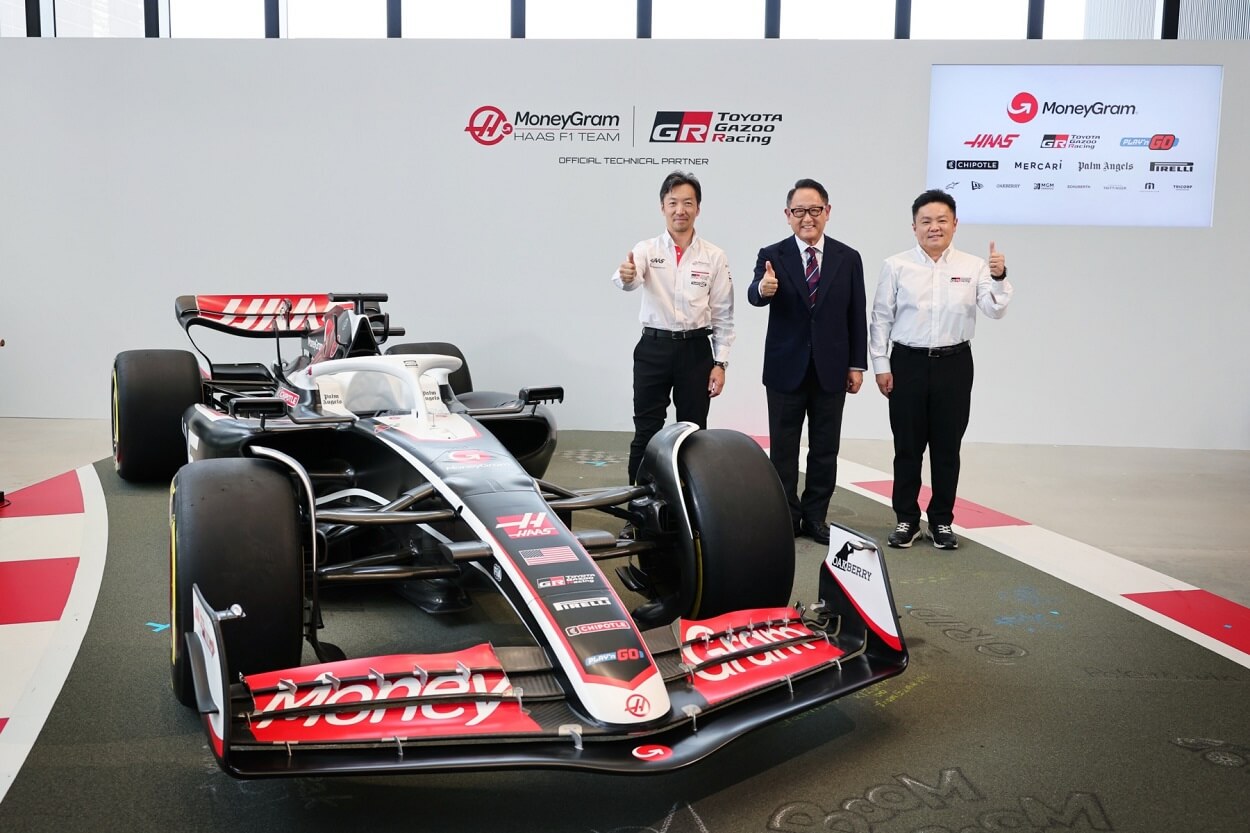
A Tighter Cap — But Still Bypassable?
Some observers point out that despite these restrictions, big teams still manage to take advantage of "off-cap" zones to maintain a competitive edge. Marketing or the hiring of technical stars (such as bringing in Adrian Newey at Aston Martin) are key levers that escape the budget cap limits.
This nuance fuels ongoing debate: the budget cap is an undeniable step forward in terms of fairness, but it doesn’t prevent the wealthiest teams from continuing to invest heavily — especially in areas not directly tied to on-track performance.
The Specific Cap for Power Unit Manufacturers
In addition to the main budget cap that governs team spending on chassis and car operations, the FIA introduced in 2023 a separate budget cap for engine manufacturers. This cap is aimed at limiting the technological arms race on the engine side, historically one of the most expensive areas in F1 😱
A Specific Cap Starting in 2023
Since 2023, all power unit suppliers (referred to as "PU Manufacturers" by the FIA) have been subject to an independent cap:
- 2022–2025: $95 million per year for engine manufacturers.
- From 2026 onward: the cap will increase to $130 million, to support the arrival of the next generation of hybrid engines (more efficient and partially powered by sustainable fuel).
This directly concerns the following engine manufacturers:
- Mercedes AMG HPP (supplier for Mercedes, McLaren, Williams, and Alpine)
- Ferrari
- Red Bull Ford Powertrains
- Honda Racing Corporation (collaborating with Aston Martin starting in 2026)
- Audi, a new entrant that will supply Sauber from 2026.
ℹ️ Alpine will stop using its own Renault engines starting in 2026 and switch to Mercedes power units, ending nearly 50 years of F1 engine production by Renault. A strategic decision aimed at cutting costs and refocusing resources on chassis development.
Violations by Alpine and Honda
In 2023, the FIA revealed that Honda and Alpine had committed so-called "procedural" breaches of the engine cap. This means that no direct overspending was detected, but errors in reporting and documentation were identified 📝
- Honda was fined $600,000 for misrepresenting certain items in its financial submission.
- Alpine, for its part, was penalized $400,000, mainly for submitting its documentation late.
The FIA clarified that both manufacturers acted in good faith and fully cooperated with the Cost Cap Administration (CCA). These cases were resolved through an "Accepted Breach Agreement" (ABA), a settlement mechanism provided for in the financial regulations.
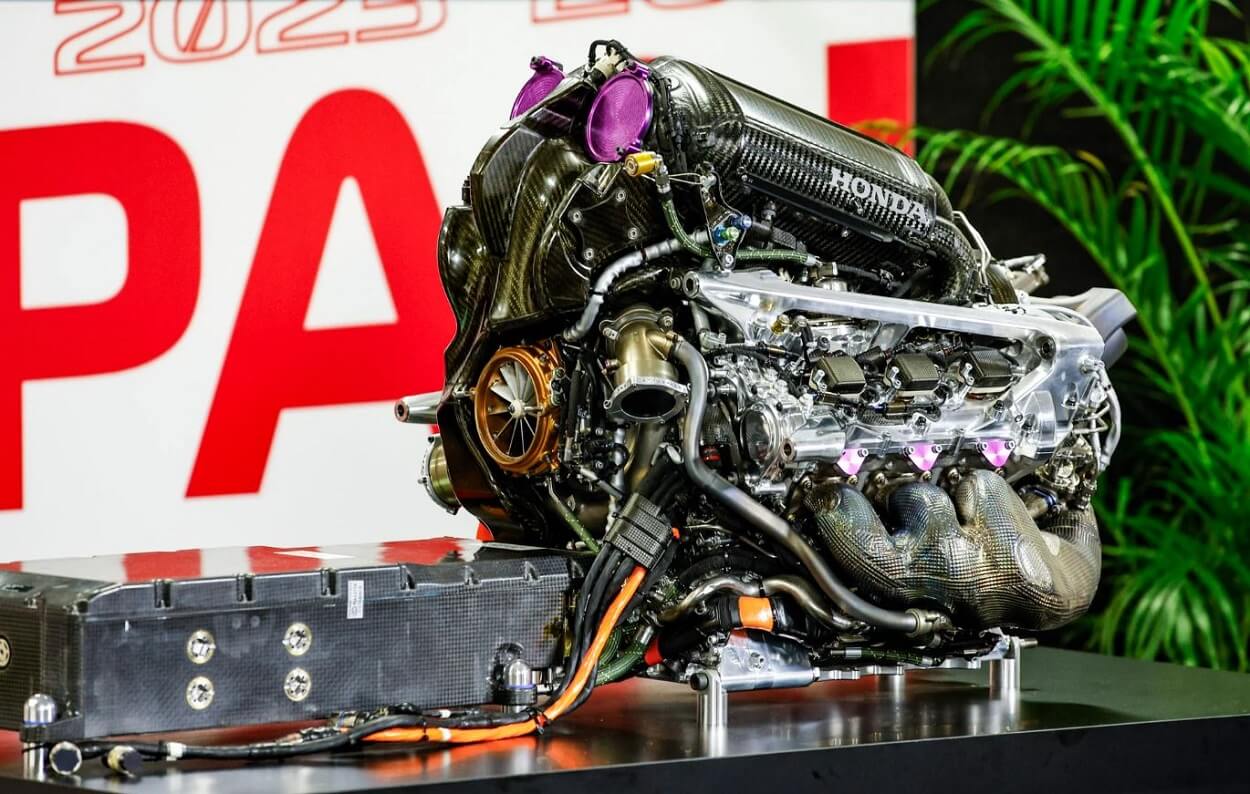
Increased Oversight by the FIA
As with the main budget cap, the engine cap is accompanied by audits and heightened scrutiny by the FIA, which wants to prevent any violations — especially with 2026 approaching, when development of the new engine architecture will involve massive investments 💸
ℹ️ The goal? To prevent some manufacturers, particularly new entrants like Audi, from injecting huge sums to gain a technological edge over the competition 😉
Exemptions and Allowances: When the Cap Adapts
Even though the budget cap is designed as a tool to harmonize performance, the FIA acknowledged that it must also adapt to the unique economic circumstances of each team. Two key aspects illustrate these adjustments: geographical compensation and infrastructure-specific budgets.
The Audi/Sauber Case and the "Swiss Compensation"
One of the major debates in recent months has involved Sauber, which will become Audi’s factory team starting in 2026. Based in Hinwil, Switzerland, Sauber faces significantly higher average wages than in the United Kingdom or Italy, where most other F1 teams are based.
According to OECD data, the average annual salary in Switzerland was $80,000 in 2022, compared to $54,000 in the UK. This disparity directly impacts Sauber’s ability to invest as much as its rivals in pure performance, as staff costs take up a larger share of its budget cap.
To address this, the FIA included a compensation mechanism in the 2026 Financial Regulations based on these wage differences, allowing teams based in high-cost countries to benefit from additional budgetary flexibility.
This measure, long requested by Audi/Sauber, is intended to ensure that geographic factors do not structurally disadvantage certain teams in the long run 👍

The Specific Cap for Infrastructure Modernization
Alongside the operational budget cap, the FIA introduced in 2021 a dedicated cap for infrastructure investments (buildings, simulators, test benches, wind tunnels, etc.). The goal? To allow less-equipped teams to modernize their facilities and catch up with the top teams.
The allocation of this additional budget is based on the results from the past three seasons:
- Top Teams (Red Bull, Mercedes, Ferrari): cap set at $51 million.
- Midfield (Aston Martin, Alpine, McLaren): cap set at $58 million.
- Backmarkers (Williams, Haas, Sauber, AlphaTauri): cap raised to $65 million.
James Vowles, team principal at Williams and a strong supporter of this measure, recently stated: “It’s not yet the $100 million I was hoping for, but it’s a big step in the right direction.” 😎
Deferred Redistribution Until 2029
For the period from 2025 to 2028, these tiered thresholds will remain in place, but a return to a single unified cap is planned for 2029, with a common envelope of $36 million per team over the period.
The objective is clear: to give "smaller teams" enough time to make substantial infrastructure investments before the entire grid is realigned 👌
A Compromise That Doesn’t Convince Everyone
While teams like Williams and Sauber welcome these corrective measures, some voices are more critical. Frédéric Vasseur, team principal at Ferrari, remains skeptical: “Every time we open the door to budget cap adjustments, it becomes an endless process — and that could be dangerous for the overall balance of the system.”
Sanctions and Controversies Around the Budget Cap
From its introduction, the budget cap sparked questions and criticism, particularly regarding whether it would truly deter the grid’s heavyweights. With sometimes complex rules and an enforcement approach deemed too lenient by some, a few high-profile cases have fueled the debate.
Types of Sanctions Provided by the FIA
The FIA’s financial regulations distinguish between two types of breaches:
- Minor breach: overspending under $5 million.
- Material breach: overspending above $5 million, considered serious.
The applicable penalties are varied and may be combined:
- Financial fines (case by case).
- Reduction in aerodynamic testing time.
- Points deduction in the Constructors’ or Drivers’ Championship.
- Suspension from certain sessions (free practice, Grand Prix).
- In the event of a material breach, the FIA reserves the right to exclude a team from the championship.
Red Bull and the 2021 Scandal
In October 2022, the FIA revealed that Red Bull had committed a "minor breach" of the 2021 budget cap, exceeding the then-limit of $145 million. The overspend, deemed “minor” by the FIA, mainly involved misinterpretations such as staff catering expenses.
Consequences for Red Bull:
- $7 million fine.
- 10% reduction in wind tunnel usage time for the 2023 season.
Christian Horner defended his team by downplaying the impact of this error on the car’s overall performance. Yet, the controversy quickly grew, particularly because Max Verstappen was dominating the grid at the time, fresh off his 2021 title win and an ultra-dominant 2022 season.
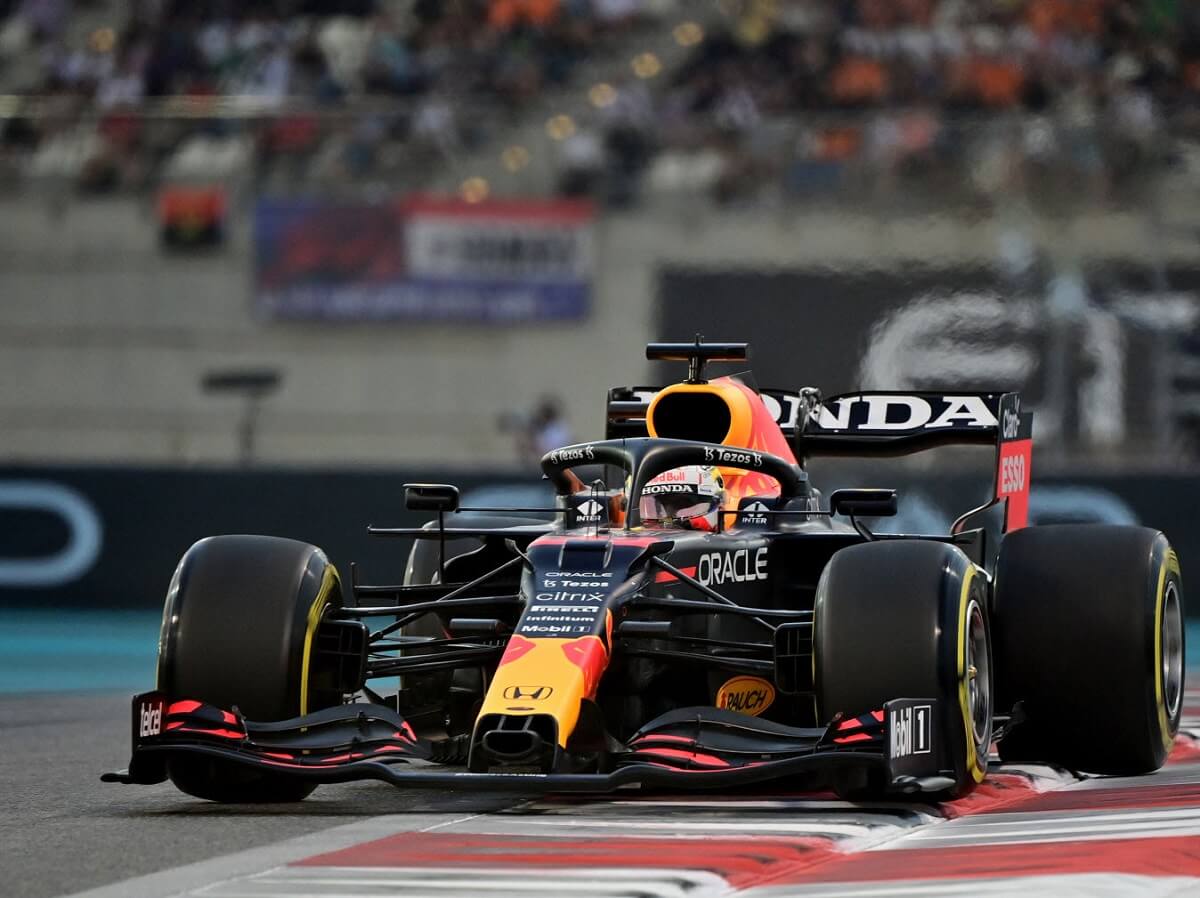
Criticism Over Lack of Real Deterrence
Several figures in the paddock, including Lewis Hamilton, expressed doubts about the severity of the penalties: “There wasn’t really a punishment last time. Those who overspend know they’ll just get a slap on the wrist.”
This criticism is shared by other teams on the grid, who fear a "loophole effect": some may knowingly risk a minor overspend, judging that a fine or small wind tunnel penalty is more acceptable than a performance shortfall.
A Political Issue for the FIA and Domenicali
Stefano Domenicali and the FIA continue to defend the system. “We must avoid distorting the technological nature of F1, but also preserve competition,” he insists. According to him, the budget cap represents a delicate balance between financial discipline and the core essence of Formula 1, which is built on innovation.
The Future Challenge: Avoiding "Grey Areas"
Over time, several teams have raised concerns about the many possible interpretations in the financial regulations, especially when it comes to categorizing certain expenses (infrastructure, support for junior teams, technology transfers, etc.).
For the FIA, one of the biggest challenges in the coming years will be to clarify and tighten the framework while maintaining the flexibility needed to adapt to the specific economic and geographic realities of each organization.
The Budget Cap as a Lever to Transform Team Management
Beyond its direct financial impact, the budget cap has fundamentally changed how teams manage their human and technical resources. Every dollar now counts, and development strategies have become much more selective.
Staff Reductions Among "Top Teams"
One of the first visible consequences of the budget cap was a significant reduction in staff at several leading teams:
- Red Bull Racing cut over 90 positions starting in 2022.
- Mercedes AMG F1 laid off around 40 employees during the same period.
These cuts didn’t just affect technical staff but also impacted support roles (logistics, administration). For these F1 giants, which operated with very large teams before 2021, the new challenge is to maintain the same level of excellence with leaner squads 💪
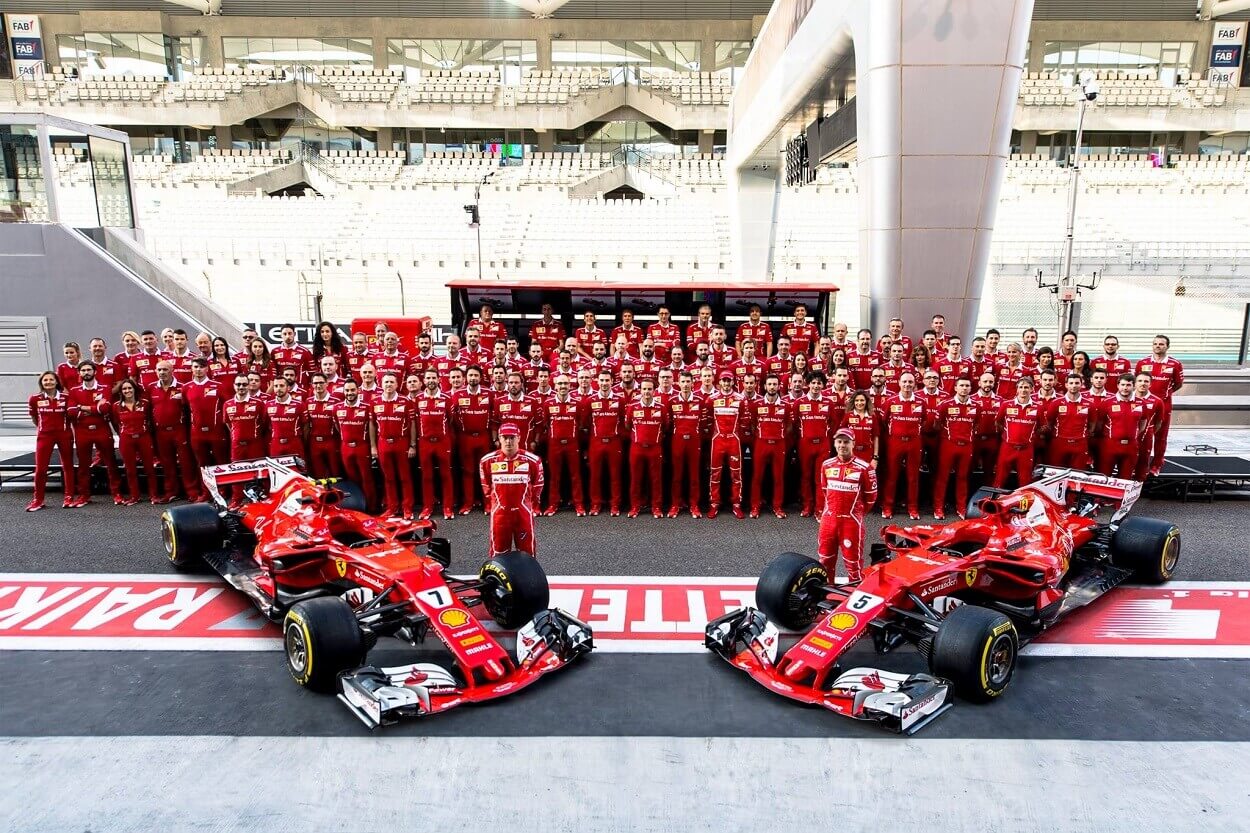
Optimization of Technical Development
Teams must also adapt their development strategies. Before the cap was introduced, top teams would launch several major upgrades per season (new floors, complete aero packages, etc.).
Today, that logic is a thing of the past:
- Teams prioritize high-yield upgrades, those offering the best lap-time return relative to their design and production cost.
- The reduction in wind tunnel time imposed on top teams (via the aero handicap system) is reinforced by the cap, which mechanically limits R&D resources.
A Risk for Smaller Teams Facing the 2026 Cap
The planned increase of the cap to $215 million for 2026 accompanies a major technical transition: new aerodynamic regulations, more efficient hybrid power units, sustainable fuels, and the arrival of giants like Audi (via Sauber) or GM/Cadillac (Andretti).
But this +30% budget leap won’t benefit everyone equally. While top teams like Red Bull, Ferrari, or Mercedes have the means to fully leverage this cap, teams like Haas or Williams fear they won’t be able to keep up 😐
James Vowles (Williams) admits: “We’re going to have to be creative to stay competitive in 2026. It’s not about willpower, it’s about available resources.” The gap could widen again if some teams stay below the cap while others invest heavily in advance.
Pressure, Crashes, and Strategy: The Race for Efficiency
With resources tightly controlled, spending must be planned down to the last dollar. Teams need to rethink their organization, streamline development, make more cautious technical choices... and sometimes, make tough decisions.
A major crash can now directly affect a team’s competitiveness for several races. That’s what happened to Williams in 2024: after Albon’s crash at the Australian Grand Prix, the team had to take Logan Sargeant’s chassis out of rotation so Albon could race — with no spare chassis available, and staying within budget constraints. A tough decision that shows how any incident can unbalance an entire season.
See also: "Do you have to be rich to enter Formula 1?"
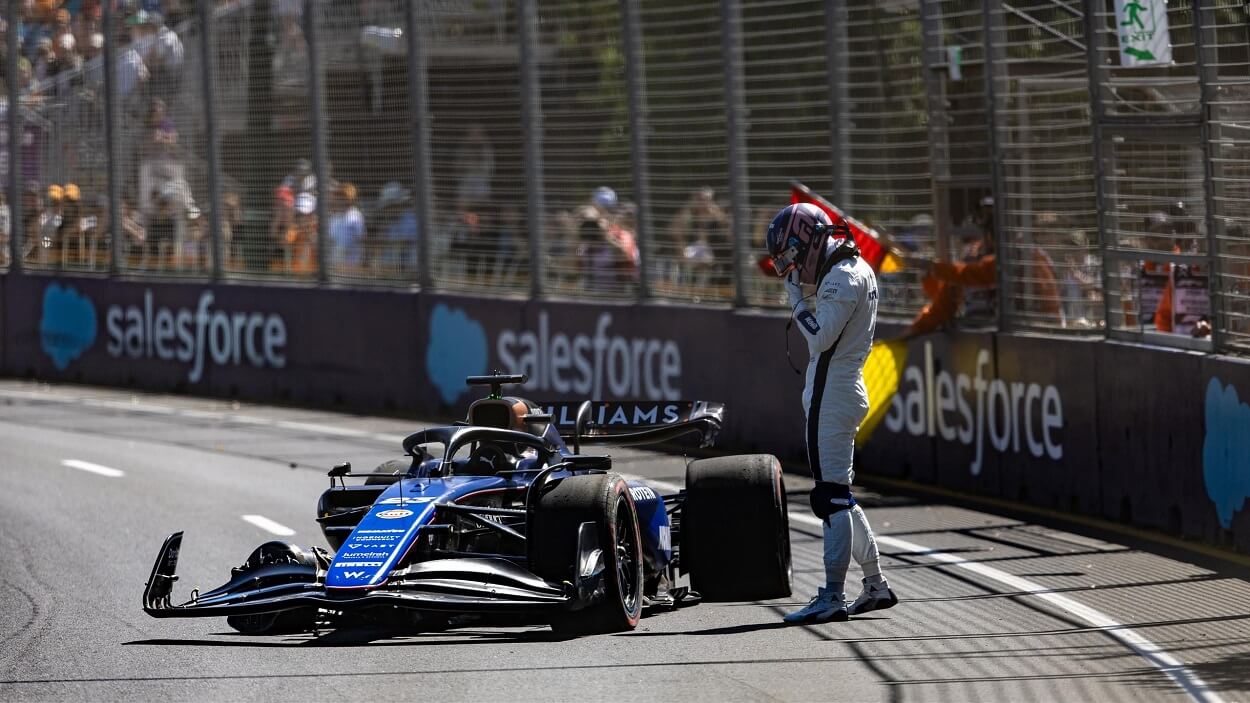
A New Face for F1: More Equity on Track?
While the budget cap was first introduced as an economic measure, its most visible effects are felt directly on track. Since its implementation, the performance gaps between teams have narrowed and the grid appears more competitive, even if occasional dominance by certain teams remains.
McLaren is a perfect example: last in early 2023, the team made it back to the podium mid-season thanks to a highly targeted development strategy, made possible by rigorous budget cap management.
In 2024, Red Bull remained dominant early on, but the competition quickly closed in. Lando Norris, Oscar Piastri, Ferrari, and Aston Martin all joined the podium fight. The suspense returned — and with it, fan engagement 🥳
“It’s going to be close every race now,” Norris summed up. “We’re talking one or two tenths between multiple teams.” 🤗
A Tool That Brings Strategy and Driving Back to the Fore
With limited resources, teams must now rely more on strategy, tyre management, and the driver’s ability to extract maximum performance from the car. It puts talent back at the center and favors unpredictable race scenarios — often praised by fans.
James Vowles, Williams’ team principal, agrees: “Today, no one can bet 100% on the outcome of a race. That’s good for the sport.”
Team Valuations and the Transformation of the Business Model
Beyond the on-track benefits, the budget cap has had a dramatic impact on the financial appeal of Formula 1 teams. The stabilization of expenses and financial predictability brought by the cap have completely transformed the paddock’s business model.
A Surge in Valuations Since 2021 🤑
With better financial control and healthier results, team valuations have surged since the cap was introduced:
- Ferrari is now valued at $6.19 billion.
- Mercedes AMG F1 is worth $4.67 billion.
- Red Bull Racing is estimated at $3.47 billion, despite historically modest margins.
- McLaren Racing saw its valuation climb to $1.3 billion thanks to its sporting and commercial revival.
Some "midfield" teams like Aston Martin or Alpine have also attracted major investors betting on the future profitability of the F1 model under financial regulation 🥳
The Arrival of Institutional Investors
One direct effect of the budget cap is the opening of the sport to private equity firms and strategic partners from the financial world:
- RedBird Capital invested in Alpine through the Otro Capital consortium.
- Arctos Partners bought into Aston Martin F1, helping value the project at over $1 billion.
By offering greater visibility and financial stability, F1 has attracted investors who now see it as a high-return, long-term product.
Stronger Teams Despite Temporary Losses
Even though some outfits like Williams or Aston Martin are still posting accounting losses (linked to heavy infrastructure or development investments), the overall business model is strengthened by:
- Guaranteed revenue via FOM redistribution (TV rights, bonuses, etc.).
- Increased revenue from strengthened commercial partnerships.
For Mercedes, the 2023 season confirmed this trend: despite a middling on-track year, the team remained the most profitable on the grid with over $100 million in profit, according to financial results. McLaren also showed clear improvement, returning to profitability after several deficit years 👍🔥
The Liberty Media Effect and F1’s Transformation
The budget cap doesn’t exist in a vacuum. Its implementation is part of the broader strategy led by Liberty Media since acquiring F1 in 2017: turning the sport into a more accessible, global, and now, more profitable audiovisual and marketing product.
The cap is thus seen as a "business model stabilizer", while also increasing on-track competitiveness.
The Future of the Budget Cap and F1 Post-2026
The FIA is already planning adjustments to prevent abuse. Compensation mechanisms (geographic or tax-related), possible caps on off-limit spending (marketing, non-technical staff…), and tighter oversight of grey areas are under consideration 🤓
For Stefano Domenicali, F1 must above all preserve its technological DNA while maintaining a tight grid to ensure a compelling show. “We must balance performance, innovation, and close racing,” he reminds us.
Conclusion: Between Progress and Ongoing Adjustments
The budget cap has undeniably transformed Formula 1. By limiting runaway spending, it has helped reduce gaps between teams, stabilize the sport’s overall economy, and attract new investors 👏
But despite these benefits, the balance remains fragile. The planned increase for 2026, in a context of major technical change, raises new questions: will all teams truly be able to keep pace with the championship’s heavyweights?
F1 now balances delicately between innovation, performance, and fairness. If the financial framework continues to evolve wisely, it could well be the key to securing the championship’s long-term future 👌



